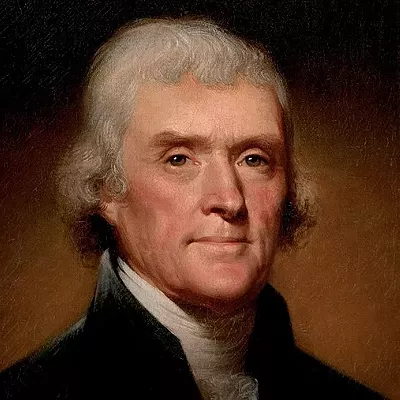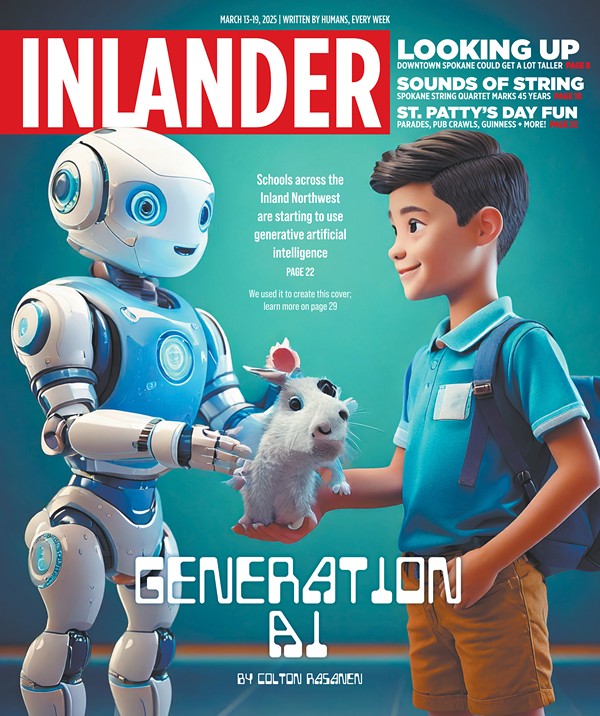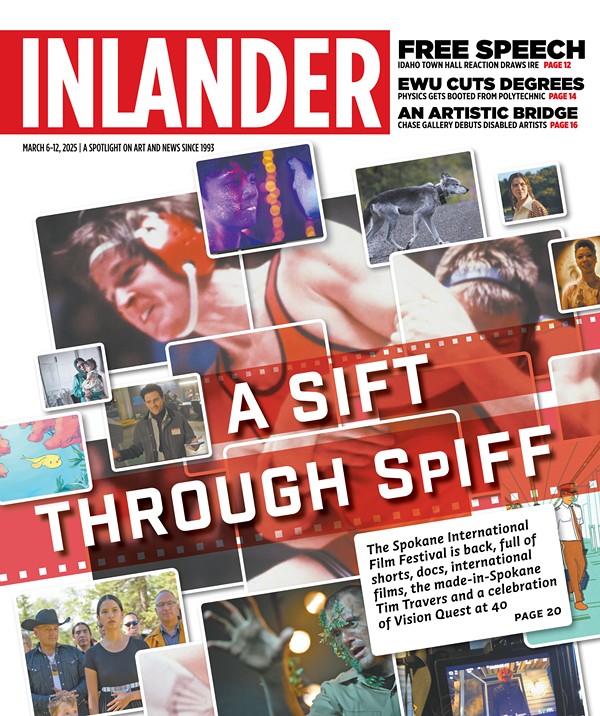In case you missed it, John Kerry apparently didn't pick up any momentum in the polls after the long infomercial that was the July Democratic Convention. Then again, President Bush wasn't doing so well in July 2003, either, though he started becoming popular again in August.
Welcome to the world of horse race-style political polling, a tactic the mainstream media have used to cover elections since the mid '80s, when it was widely surmised that the public had "checked out" of politics. Ever since, pundits have regarded the political arena as inbred and closed-doors -- so much so that, in their view, elections have come to resemble the War of the Roses more than any product of the populace. Americans, it has been decided, don't want to sit through the stories; they want the numbers.
In his article "Court of Public Opinion," posted on Salon.com last week, Stephen Stromberg comments on the barrage of media speculation over John Kerry's polling status after the Dems' convention; the major media, he says, used twice as many words to talk about the polls showing Kerry's popularity after his speech than they did about Kerry's speech itself.
"The New York Times, the Washington Post, the Chicago Tribune and the Los Angeles Times collectively spent 10,735 words over two weeks on a shift of a few percentage points," writes Stromberg.
Polls, despite their well-understood "guestimations," greatly influence voters and donors during the election. They can hurt a candidate or campaign's fundraising efforts. For example, not many people want to fork over dough to a candidate who is behind in the polls a week before the election. And, sad as it is, political scientists and psychologists continue to explain that Americans like to vote for a winner. Nobody likes to be on the losing team.
The thing about polling is that through a complicated series of mathematical acrobatics, pollsters come up with semi-trustworthy explanations for the general population's preferences in an election. The math, however, doesn't tell the whole story. Often polls are used to create the story -- but whether polls convey an accurate picture of how elections will turn out depends on several factors.
Margin of Error
The inevitable randomness in any selected variable of any population creates what pollsters call a "margin of error." In most cases, it's about 3 percent (give or take), but that's premised on the assumption that the polling sample represented the general population fairly. Many times, there's no warrant for such an assumption. In fact, almost every major news network has an in-house polling system, just as both major political parties do. Not only are the polls published and analyzed, but counter polls are also published and analyzed in response to previous polls, and then the poll analysts become news stories themselves, fighting over whose poll is more accurate and whose margin of error is largest.
The "Ifs"
It's remarkable that polls work at all, given that in response to poll questions, a very small number of people provide answers, which somehow conveys how the larger population feels. Poll results dangle so many qualifiers behind them that it's reasonable to question how accurate any stand-alone poll might be. Yet the mainstream media present poll results in isolation all the time.
Consider the list of conditionals: Even if a poll represents a fair cross-section of the American population, and if the assumptions that cross-section makes about political issues can be trusted, and if nothing major happens between the time of the poll and the time of the election, then that poll -- given the margin of error -- may well represent an accurate picture. That's a whole lot of "ifs."
Just Poll It
The point is that while polls are capable of conveying a basic, common-sense portrayal of political races, no single poll is entirely credible. That's because margin of error, the "ifs" and the media's spotlight can change things within a matter of days. Besides the fact that polls both show and dictate trends in collective "voter-think," they are -- and this is the reason media use them so much -- entertaining. It's the "Who's winning now?" philosophy that makes elections exciting for people who love politics. As buttoned-up as it all may seem, media coverage of elections is really no different from the media's coverage of any sport.
So, get your red or blue jersey on, and cheer on your candidates as the major media take you on an exciting ride through the world of polling. It's just like cheering at a horse race.
Publication date: 08/19/04















